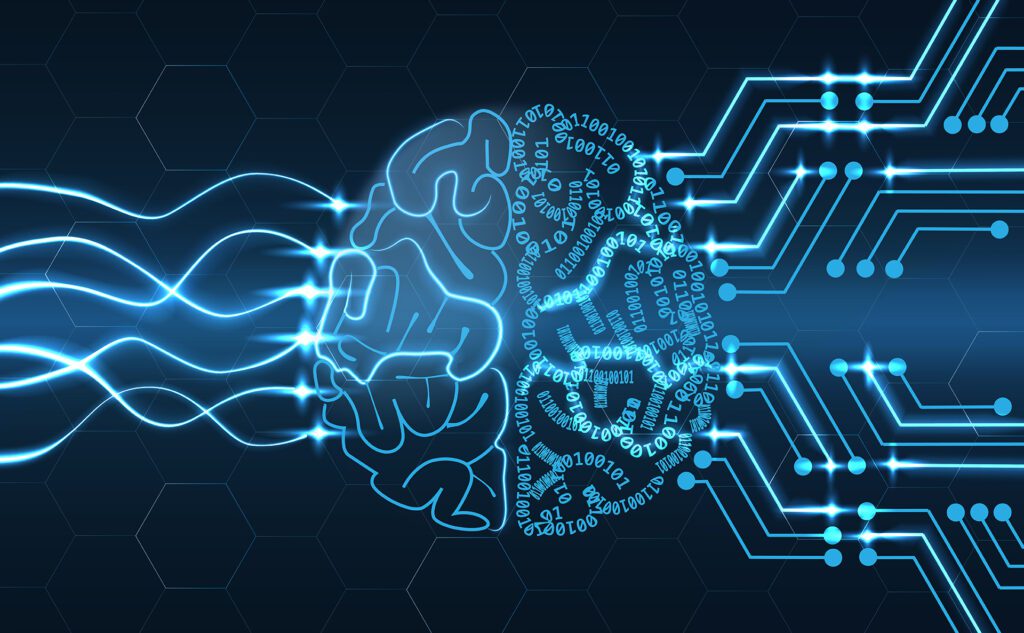Whitepaper: The False Promises of AI in Cybersecurity
Cybersecurity is a battlefield where innovation is paramount. Artificial intelligence (AI) has emerged as a potential game-changer, promising to revolutionize threat detection and response. Vendors have made bold claims, promising their AI-powered solutions will provide unparalleled capabilities, eliminate false positives, and autonomously defend against even the most sophisticated attacks.
Whitepaper: The False Promises of AI in Cybersecurity Read More →





















